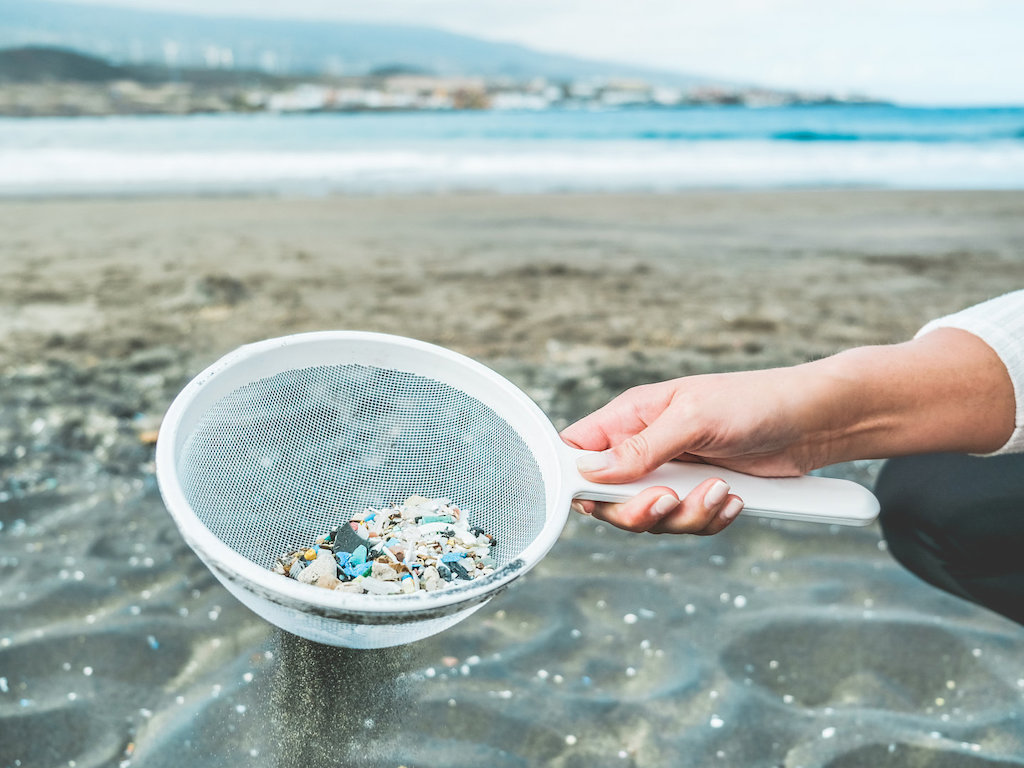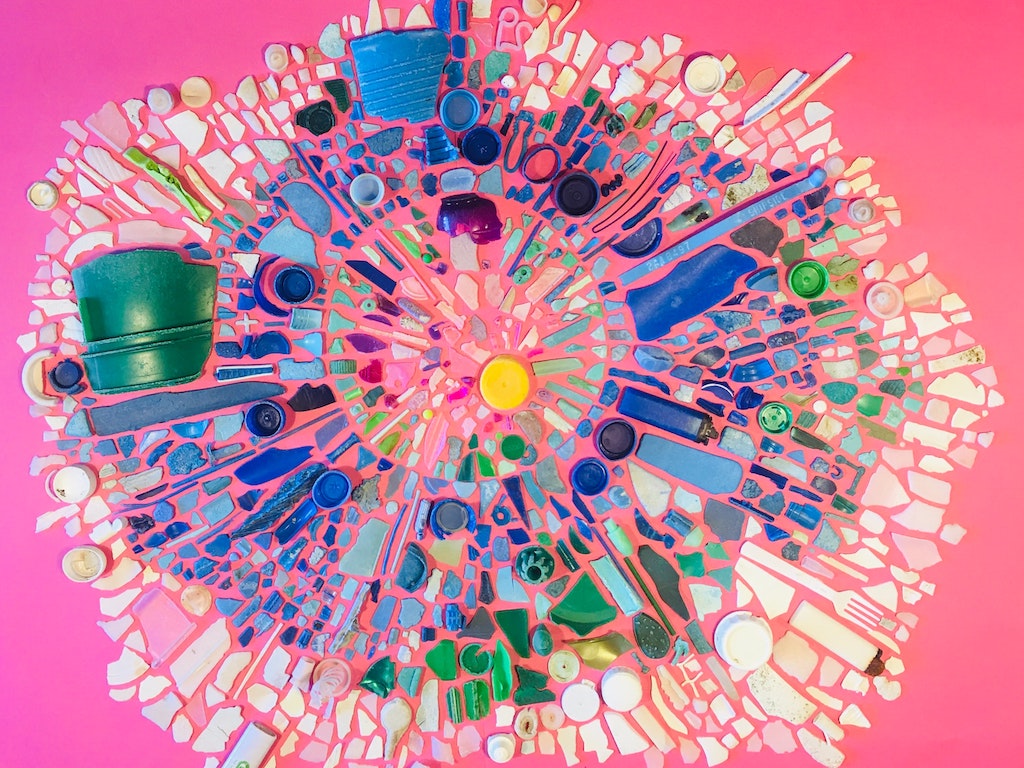3 Mins Read
Researchers in the U.S. are among the first in the world to examine microplastic and nanoplastic particles in human organs and tissues using a new testing technique. Isolating and discovering minuscule fragments of plastic has been a challenge for scientists, making this breakthrough a crucial step towards future research into the potentially hazardous effects of plastic contamination in human bodies.
Conducted by scientists from Arizona State University, the study looked into how to detect and examine microplastics and nanoplastics in human tissues and organs. Such tiny fragments, which are less than 5 millimetres in diameter, have been notoriously difficult to detect in animals and humans, but the researchers used a new technique to be able to see how and if the tiny particles are accumulating.
Their technique involved adding particles to 47 samples of lung, liver, spleen and kidney tissue obtained from a tissue bank that had been established to study neurodegenerative diseases. Using a procedure called flow cytometry and computer analysis, they found that microplastics could be detected in every single sample. Specifically, the researchers found Bisphenol A (BPA) – the plastic used in many food containers – in all 47 human samples.
There’s evidence that plastic is making its way into our bodies, but very few studies have looked for it there. And at this point, we don’t know whether this plastic is just a nuisance or whether it represents a human health hazard.
Charles Rolsky, co-author of the study
Read: Plastic pollution in Atlantic is 10 times worse than previous estimates
This analytical method also enabled researchers to identify different types of plastics, including polyethylene (PE), polycarbonate (PC) and polyethylene terephthalate (PET), the kind of plastic often used in plastic bottles.
The research was presented earlier this month at a virtual conference hosted by the American Chemical Society (ACS), where more than 6,000 presentations were featured.
“There’s evidence that plastic is making its way into our bodies, but very few studies have looked for it there. And at this point, we don’t know whether this plastic is just a nuisance or whether it represents a human health hazard,” said Charles Rolsky, co-author of the study, who presented these findings at the ACS conference with fellow scientist Varun Kelkar.
Because these donors have such well-defined histories, our study provides the first clues on potential micro- and nanoplastic exposure sources and routes.
Rolf Halden, co-author of the study
Previous studies have linked microplastic and nanoplastic exposure in wildlife and animal models to inflammation and cancer, but this new research marks the first time such particles have been examined in human organs from individuals with a known history of environmental exposure.

Read: German study finds plastic byproducts in over 97% of children tested
“The tissue donors provided detailed information on their lifestyle, diet and occupational exposures,” explained Rolf Halden, co-author of the study. “Because these donors have such well-defined histories, our study provides the first clues on potential micro- and nanoplastic exposure sources and routes.”
We never want to be alarmist, but it is concerning that these non-biodegradable materials that are present everywhere can enter and accumulate in human tissues, and we don’t know the possible health effects.
Varun Kelkar, co-author of the study
Future research will focus on exploring the potentially harmful health consequences of ingesting microplastic particles. Some estimates say humans could be eating and breathing as many as 50,000 particles of microplastic each year, with traces detected in everything from ocean spray to rain and sea salt.
“We never want to be alarmist, but it is concerning that these non-biodegradable materials that are present everywhere can enter and accumulate in human tissues, and we don’t know the possible health effects,” said Kelkar.
“Once we get a better idea of what’s in the tissues, we can conduct epidemiological studies to assess human health outcomes. That way, we can start to understand the potential health risks, if any.”
Lead image courtesy of Unsplash.




